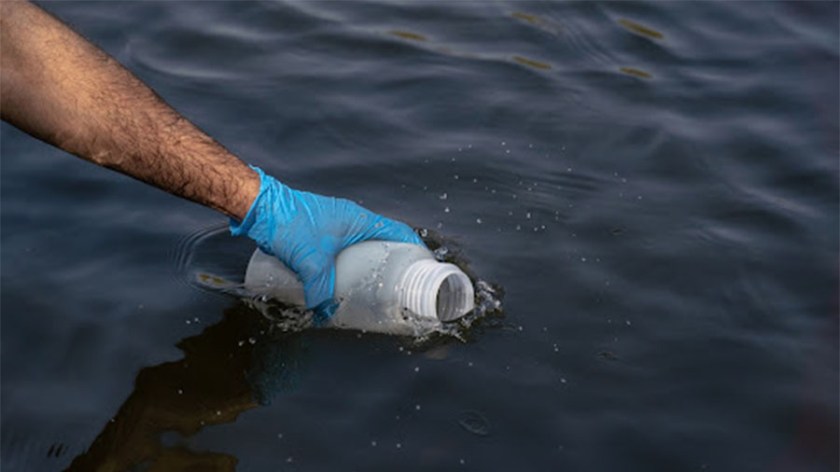For the first time, researchers developed a metabarcoding technology for brittle stars.
Japanese scientists, led by Dr Masanori Okanishi of the Hiroshima Shudo University and the University of Tokyo, analyzed environmental DNA (eDNA) released from marine invertebrates in the water, and successfully identified the species they were looking for. The study is published in the open-access journal Metabarcoding and Metagenomics.
Metabarcoding allows researchers to easily and quickly identify species and determine their number in a given location on the basis of environmental DNA (that is DNA released into, for example, the water in a particular lake).
In Japan, this method has been used successfully to detect the number of species in specific locations in the sea by sampling as little as a bucket of water. Monitoring species is part of the effort for conservation of biological resources and maintenance of their economic value, and metabarcoding can be utilized as a less labor-intensive and more cost-effective tool for marine surveys of biodiversity.
The new study reports on the research team’s development of the first DNA primers for metabarcoding of brittle stars.
Brittle stars are the most abundant species in the phylum Echinodermata (approximately 2,100 species), making them promising indicator organisms for environmental DNA metabarcoding. These marine invertebrates are thought to release abundant environmental DNA due to their size, large populations, and habitats in a variety of seafloor environments.
To determine the origin of DNA sequences obtained from samples and used for metabarcoding, Okanishi’s team constructed a database of reference DNA sequences based on specimens identified to 60 brittle star species from Sagami Bay.
Up until now, metabarcoding had not been used for organisms with little mobility such as brittle stars, because many reference DNA sequences had been misidentified or unidentified. The new database will aid further research and application of the technology.
“If metabarcoding becomes possible through the development of additional primers and richer databases of reference DNA sequences, it will be possible to monitor the marine environment with a precision never before thought possible,”
say the authors in conclusion.
Original source: Okanishi M, Kohtsuka H, Wu Q, Shinji J, Shibata N, Tamada T, Nakano T, Minamoto T (2023) Development of two new sets of PCR primers for eDNA metabarcoding of brittle stars (Echinodermata, Ophiuroidea). Metabarcoding and Metagenomics 7: e94298. https://doi.org/10.3897/mbmg.7.94298
Expert Contact: Masanori Okanishi: Hiroshima Shudo University Assistant Professor. E-mail: okahoku@gmail.com
Follow Metabarcoding & Metagenomics on Facebook and Twitter.






